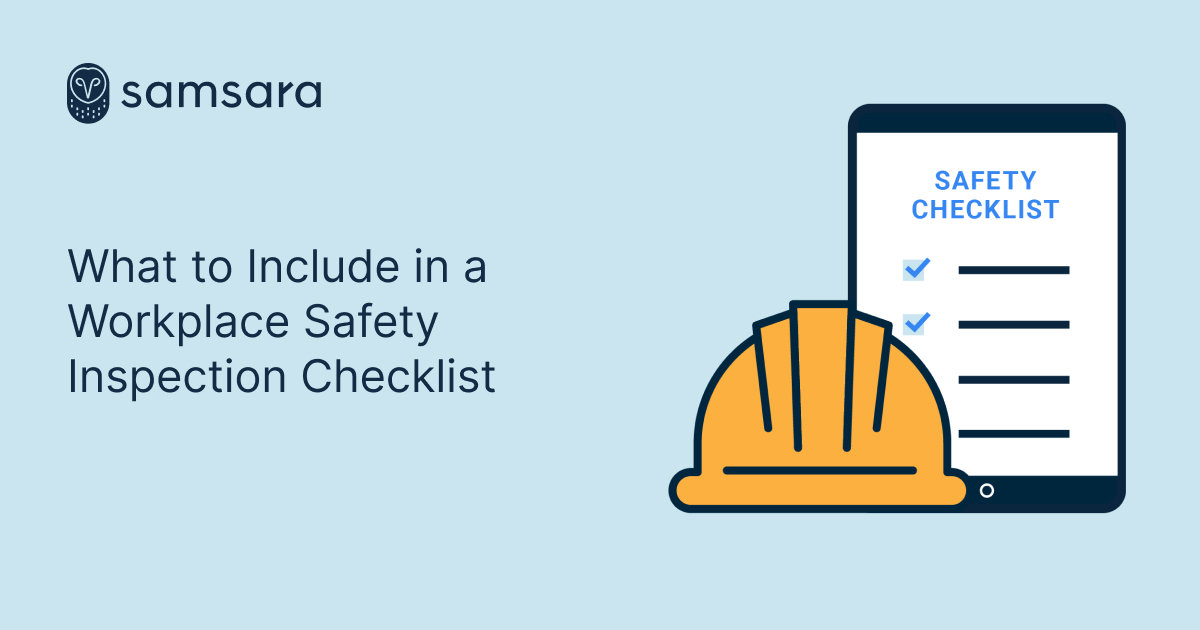
Ensuring Thorough Assessments for Success: Inspection Checklist Tips
Whether you’re a homeowner, real estate professional, or a contractor, mastering the art of inspections is crucial for success. A well-prepared inspection checklist can make the process smoother and more effective. Explore these tips to ensure your inspections are thorough and yield valuable results.
Understanding the Purpose of Inspections
Before diving into the checklist tips, it’s essential to understand the fundamental purpose of inspections. Whether it’s a home inspection, property assessment, or safety check, the goal is to evaluate the condition, identify potential issues, and ensure compliance with relevant standards. Clarity on the purpose sets the tone for a comprehensive checklist.
Tailoring Checklists to Specific Needs
Inspections vary widely based on the type of property or project. Tailoring your checklist to the specific needs of the inspection is crucial. A home inspection checklist will differ significantly from a construction site safety checklist. Customize your checklist to address the unique features and requirements of the task at hand.
Incorporating Legal and Safety Compliance
Ensuring that your inspections comply with legal and safety standards is non-negotiable. Include items in your checklist that address compliance with local regulations, building codes, and safety protocols. This not only protects you from potential legal issues but also contributes to the overall well-being and safety of the property or project.
Prioritizing Systematic Approaches
A systematic approach to inspections is key to efficiency. Organize your checklist in a logical order, moving from one area or system to another. This ensures a thorough and systematic examination of the property without overlooking critical components. A well-organized checklist streamlines the inspection process.
Detailing Inspection Scope and Criteria
Clearly define the scope and criteria of the inspection in your checklist. Specify the areas, systems, or components that will be evaluated, and outline the criteria for their assessment. This level of detail not only guides the inspector but also provides transparency to stakeholders about what to expect from the inspection.
Utilizing Technology for Enhanced Checklists
Incorporate technology to enhance your inspection checklist. Mobile apps, software solutions, and digital checklists can streamline the process, facilitate real-time collaboration, and provide a more organized and accessible record of the inspection. Embracing technology can significantly improve the efficiency and accuracy of inspections.
Including Photo Documentation
A picture is worth a thousand words, especially in inspections. Integrate a section in your checklist for photo documentation. Capture images of critical areas, issues, or components to provide visual evidence and enhance the clarity of your inspection reports. Photo documentation adds depth and credibility to your findings.
Ensuring Checklists are Adaptable
Flexibility is essential in inspections, as unexpected circumstances may arise. Design your checklist to be adaptable to different scenarios. Consider adding a section for notes or observations that may not fit neatly into predefined categories. An adaptable checklist ensures thorough coverage regardless of the unique aspects of each inspection.
Reviewing and Updating Checklists Regularly
The dynamic nature of properties and projects requires constant review and updating of inspection checklists. Periodically assess the effectiveness of your checklist and make adjustments based on lessons learned, industry updates, or changes in regulations. Regular reviews ensure that your checklists remain relevant and reliable.
Promoting Open Communication and Feedback
Finally, encourage open communication and feedback in the inspection process. Whether you’re working with a team or interacting with clients, fostering a collaborative environment enhances the overall effectiveness of inspections. Incorporate a feedback loop into your checklist to continuously improve your inspection processes.
In the ever-evolving world of inspections, mastering the art of checklist creation is a valuable skill. For more in-depth insights and resources on Inspection Checklist Tips, visit homecontractorzs.info. Explore the tools and knowledge needed to conduct thorough and successful inspections.
